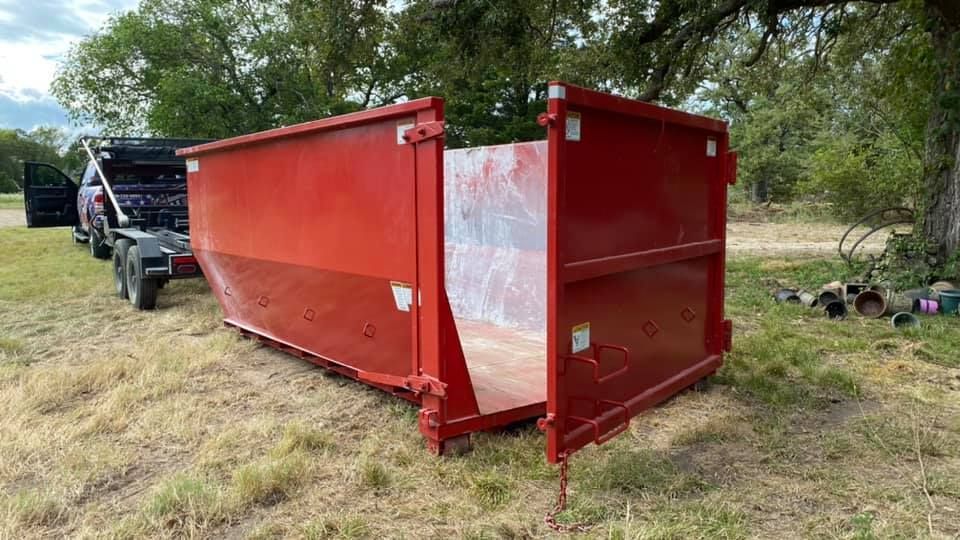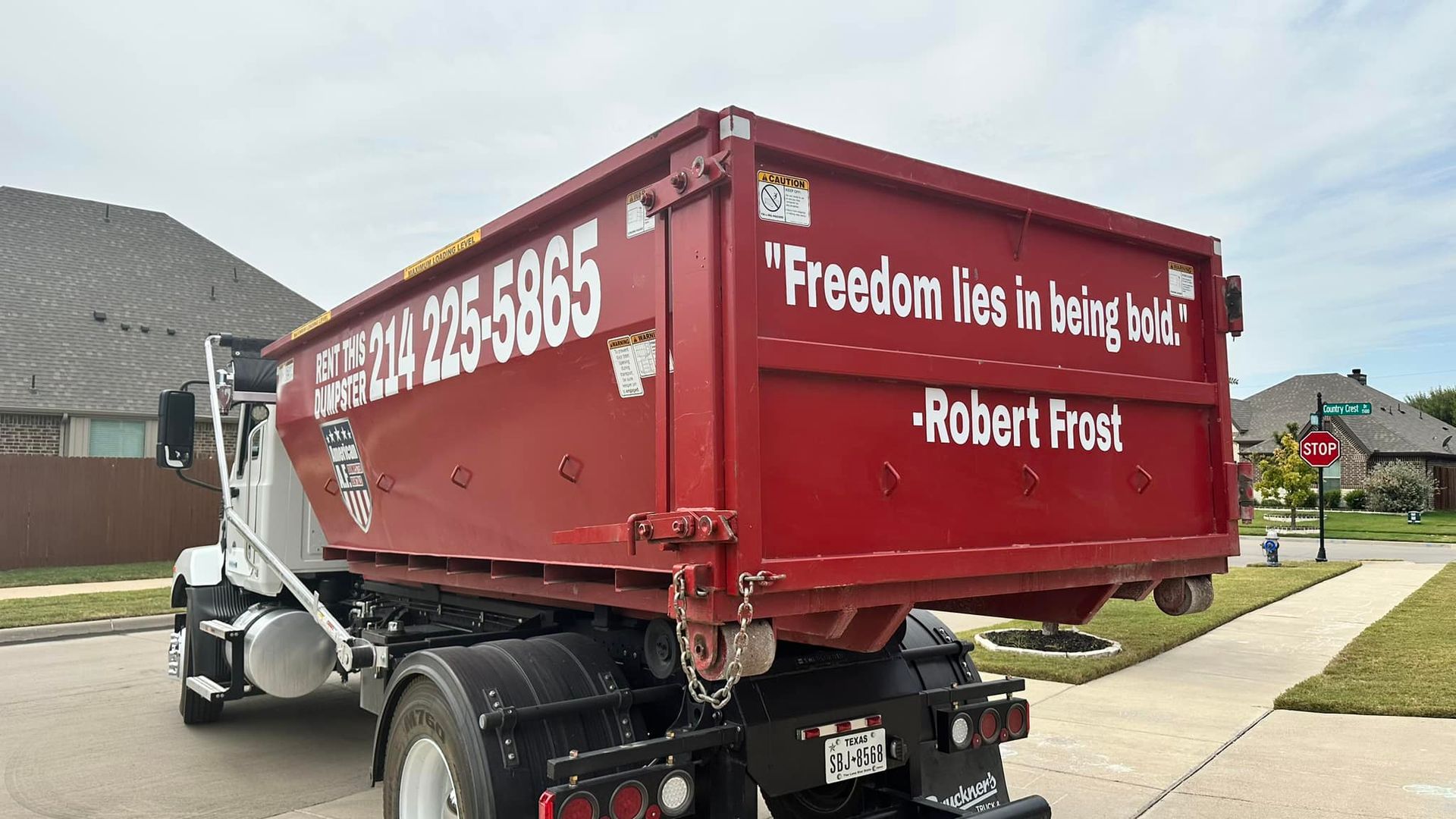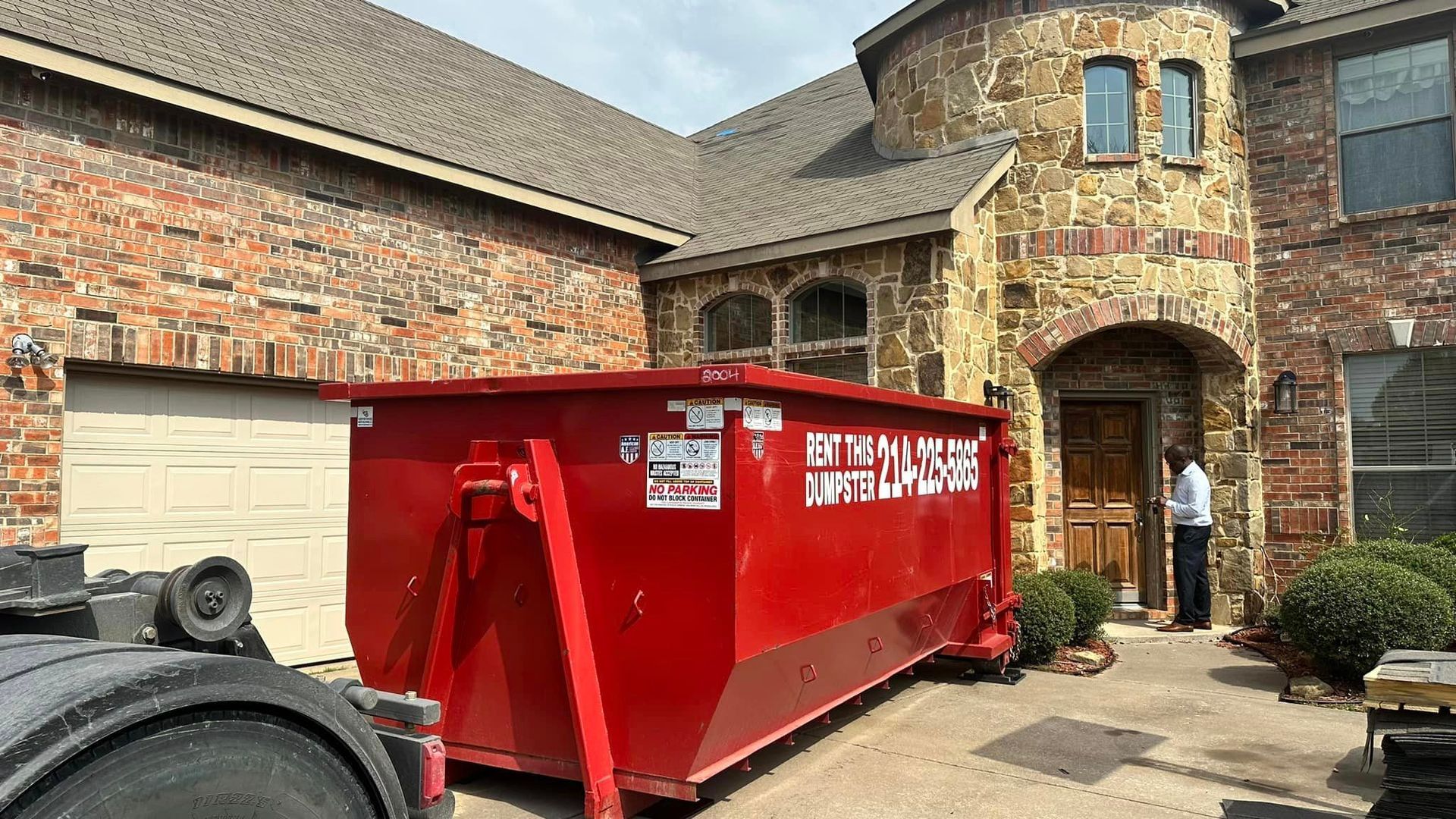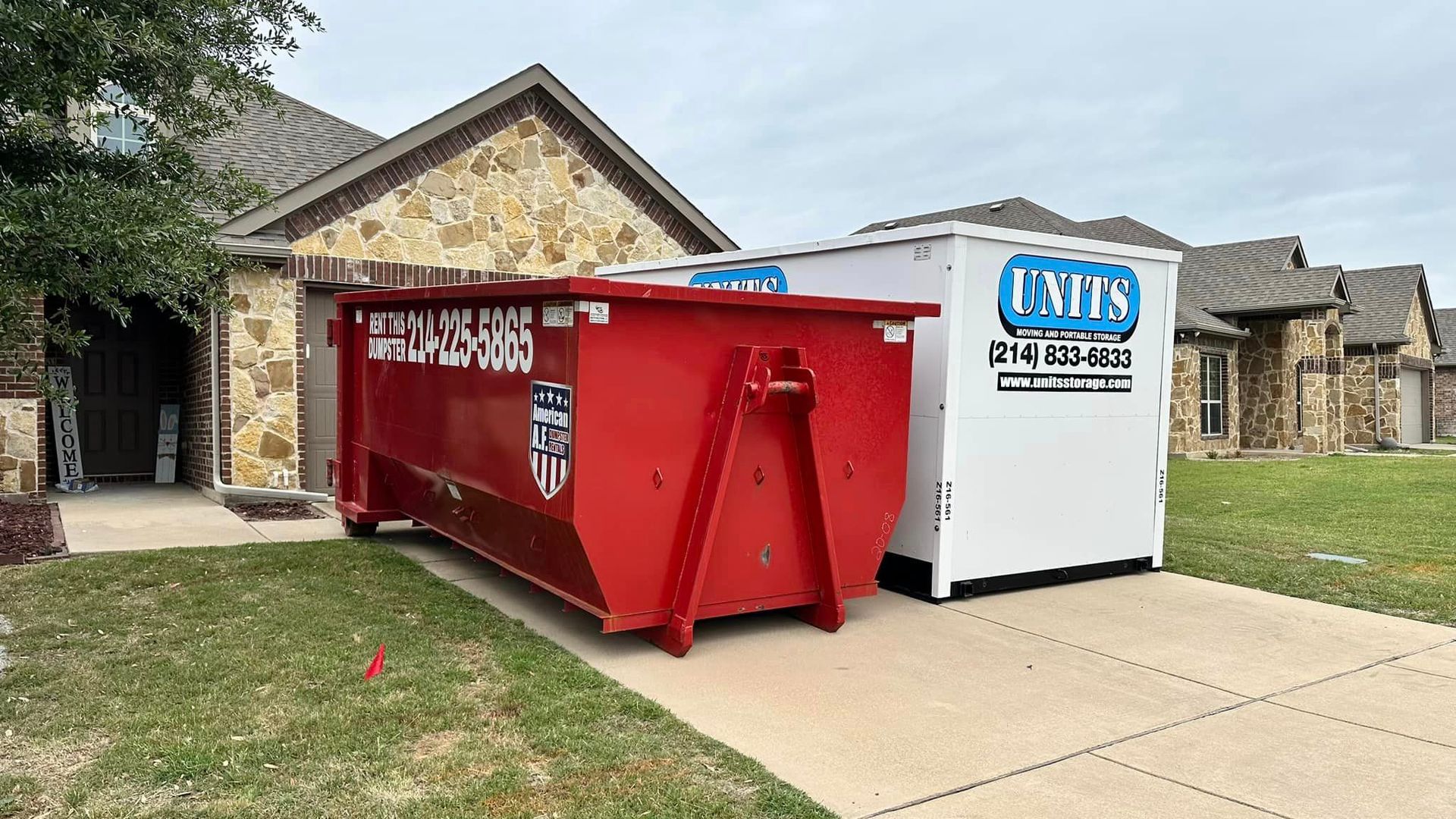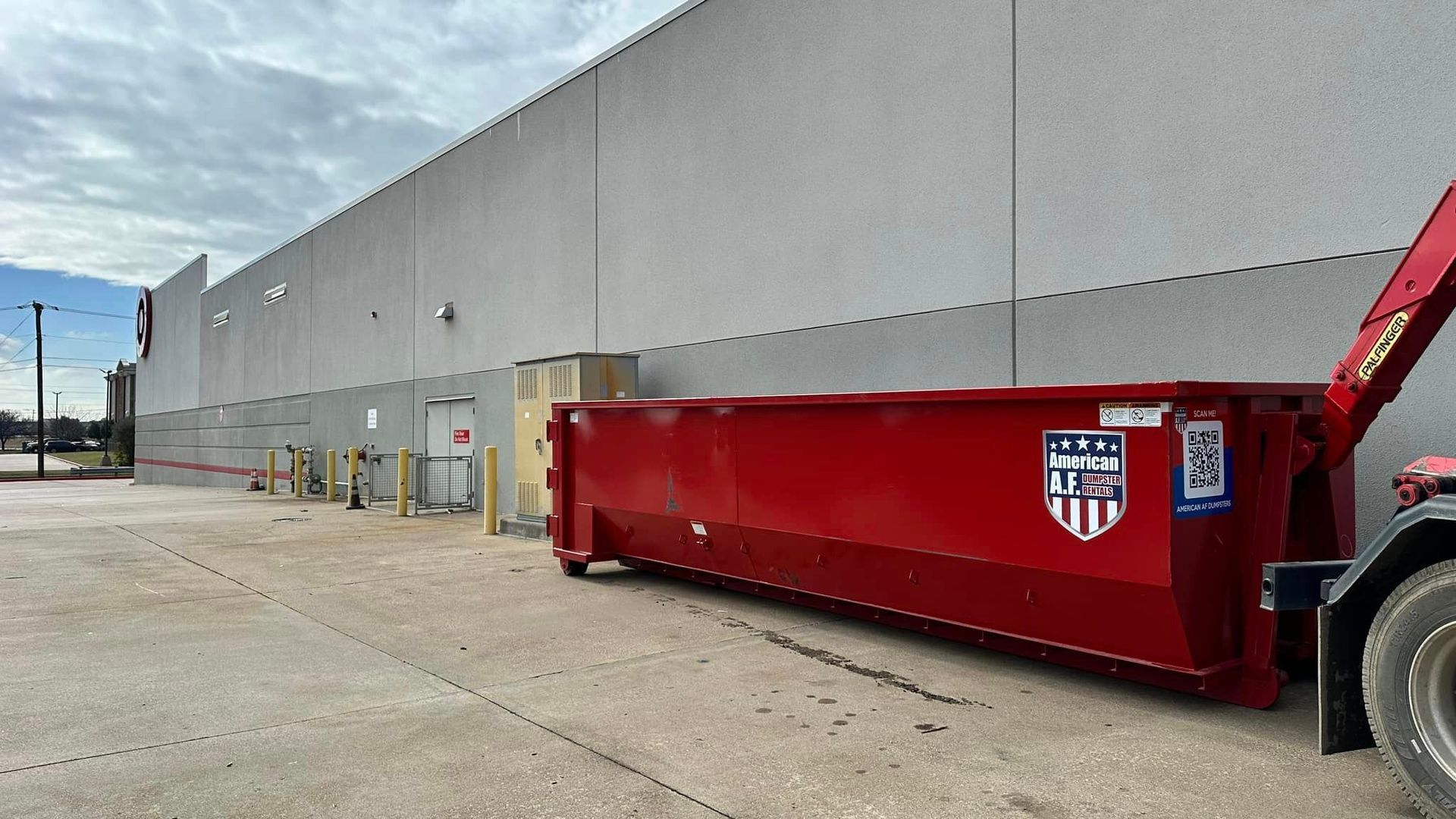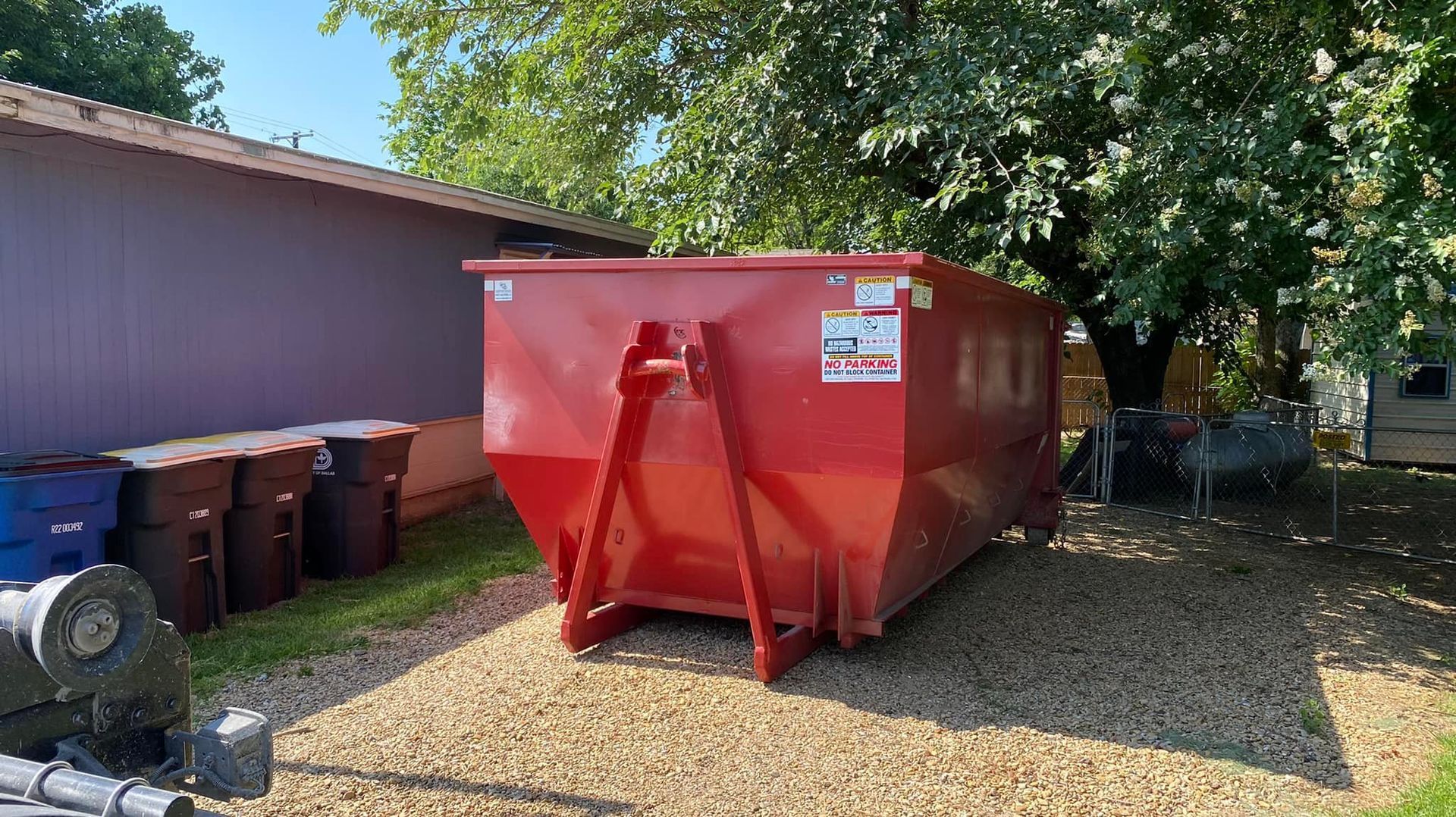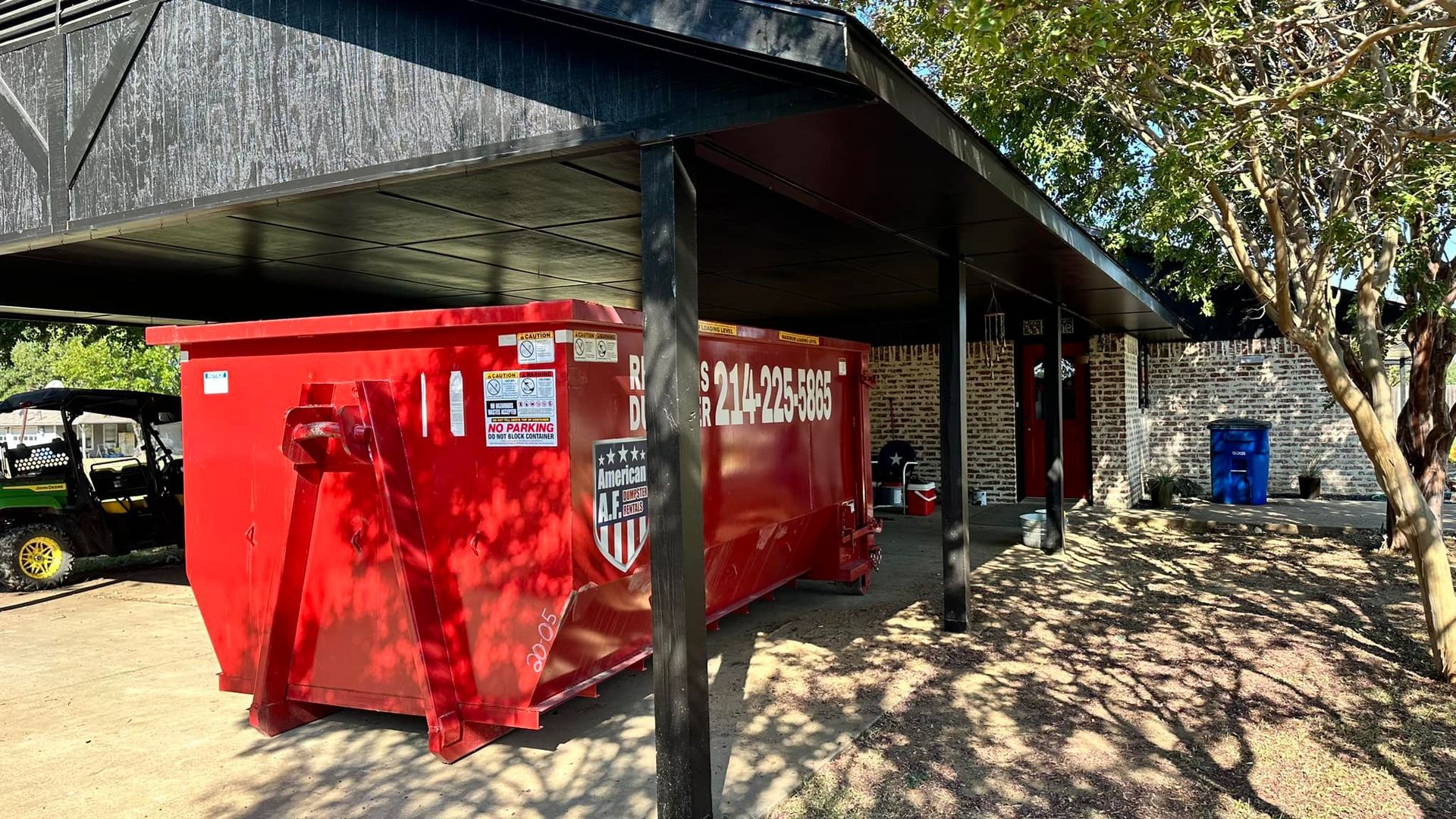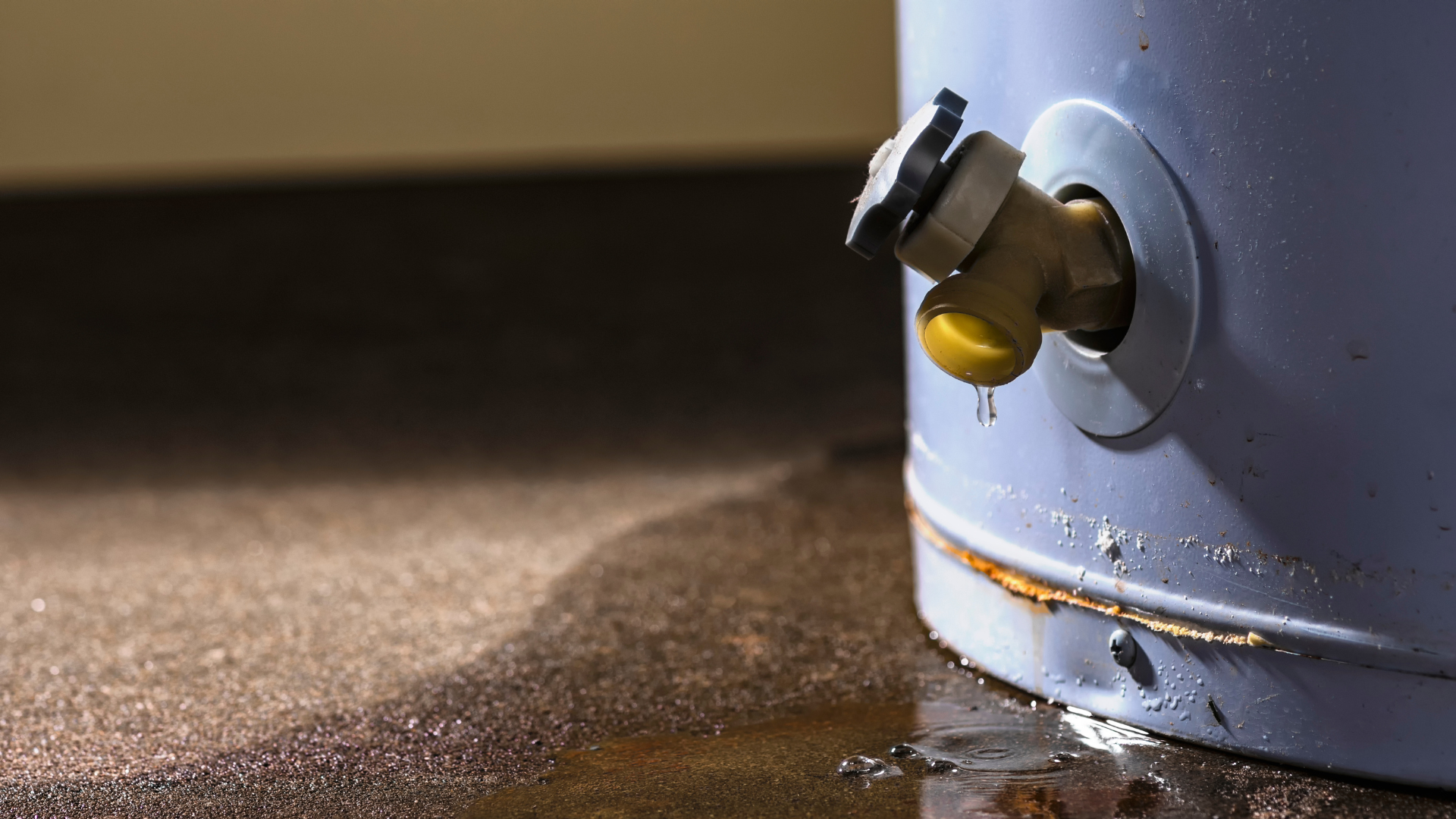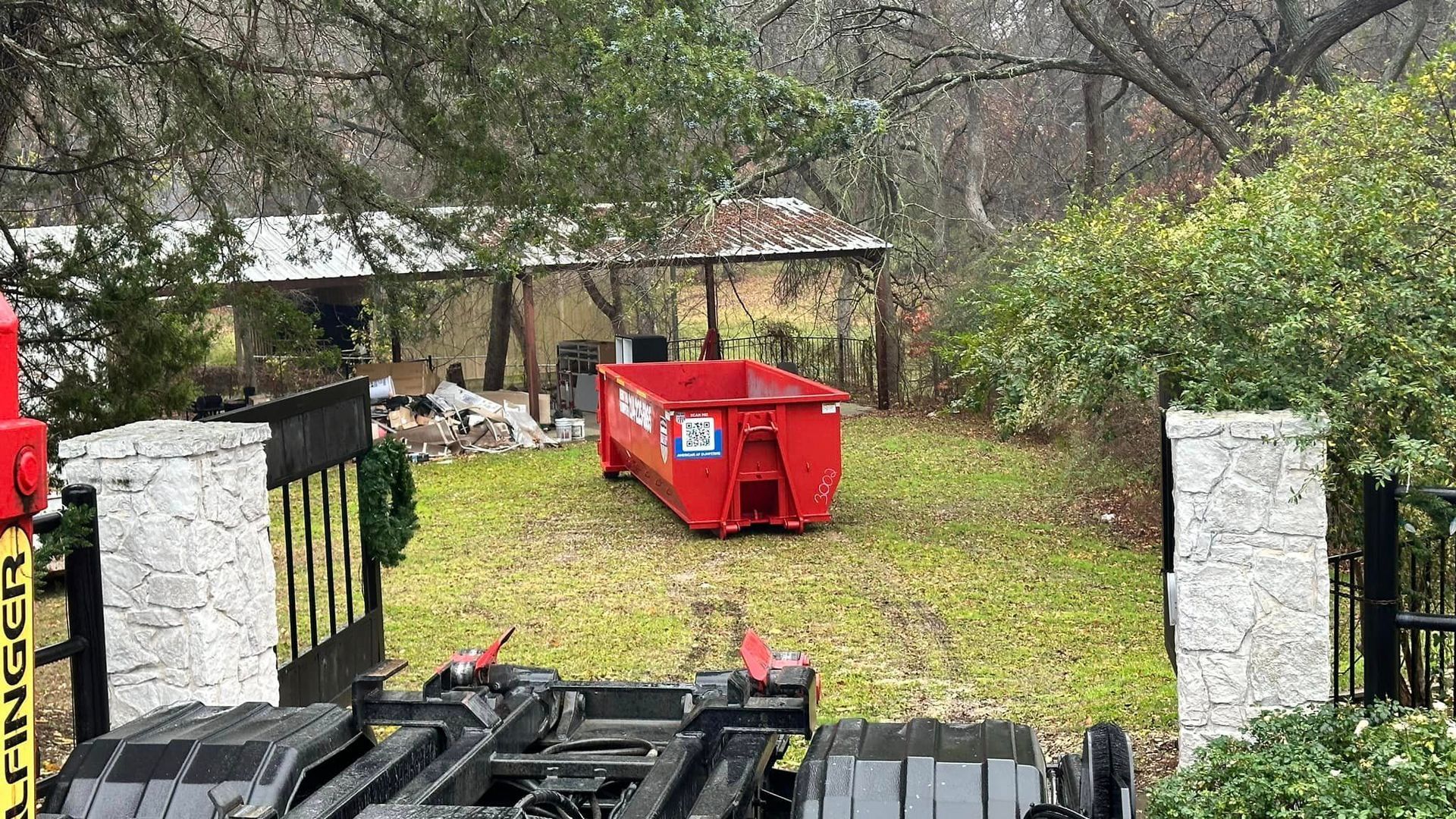How To Organize A Community Clean Up
How to Organize a Community Clean Up
Organizing a community cleanup is a great way to beautify your local area and unite community members from various social circles. Whether targeting a local park, a neighborhood park, or planning beach cleanups, this guide will help you ensure your cleanup is effective and enjoyable.
Your Step By Step Guide To Community Cleanups
Community cleanups significantly improve the environment and strengthen community bonds. They're ideal for addressing issues like plastic pollution in public places and illegal dumping in common areas. They also provide a platform for local businesses, organizations, and neighborhood groups to engage in meaningful community service.
Step 1: Planning Your Cleanup
Choosing the Right Location
The first step in your community cleanup project is selecting a specific area that needs attention. This could be a grassy area in your favorite park, a stretch of beach, or an urban neighborhood. Consider areas that are visible and accessible to attract more volunteers and make a more significant impact.
- Assessing Needs:
Evaluate high-need areas such as heavily littered parks or beaches.
- Community Engagement:
Consider locations where community involvement can be maximized.
- Accessibility:
Ensure the site is easily accessible to volunteers.
- Environmental Significance:
Choose locations where cleanup will have a substantial environmental benefit.
- Public Interest:
Select areas that are meaningful or popular within the community for greater public support.
Getting the Necessary Permissions
Once you've chosen your location, the next step is to secure permissions. Contact local authorities and the local government to ensure you're allowed to clean the area, especially if it involves private property or sensitive public spaces. Also, check with the local waste management facility about disposing of the collected waste.
- Permissions:
Obtain necessary permits from local authorities or property owners.
- Waste Management:
Coordinate with local waste management facilities for the disposal of collected waste.
- Community Support:
Engage with community leaders for broader support and awareness.
- Legal Compliance:
Ensure all activities comply with local environmental laws and regulations.
- Public Awareness:
Inform the public about the cleanup and any necessary precautions or closures.
For more information on community cleanups, please
read this document by the United States Department of Justice.
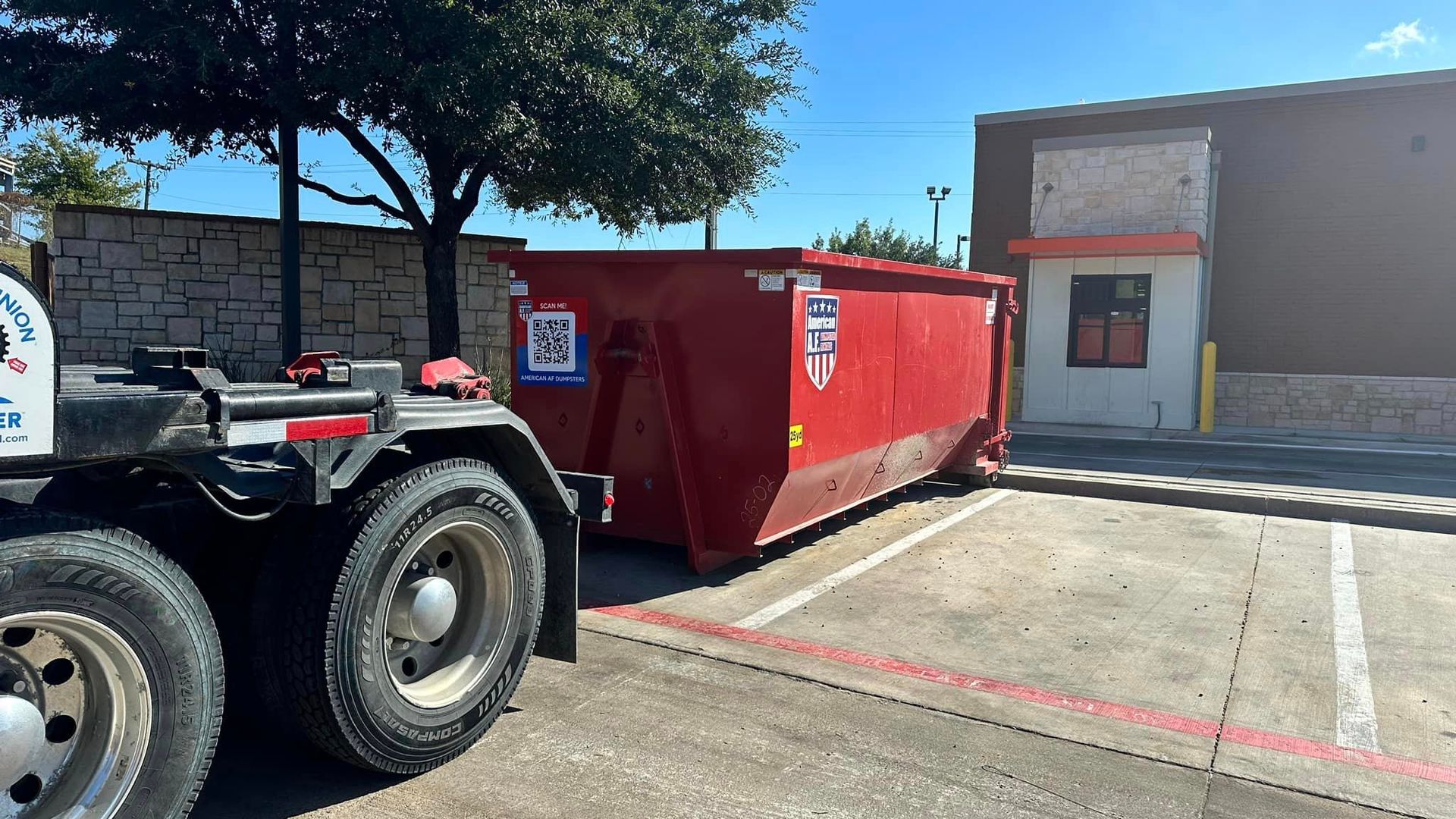
NEED A DUMPSTER?
Step 2: Mobilizing Resources and Volunteers
Gathering Supplies
You'll need supplies like trash bags, garbage bags, water bottles, hand sanitizer, and trash grabbers. Local stores and hardware stores often donate supplies for community events. Remember to include a first aid kit for safety.
- Essential Supplies:
Compile a list of necessary cleaning supplies and safety equipment.
- Local Sourcing:
Reach out to local businesses for donations of supplies.
- Preparation:
Organize and distribute supplies efficiently among volunteers.
- Sustainable Practices:
Consider environmentally friendly supplies, like biodegradable bags.
- Safety Briefing:
Conduct a briefing to educate volunteers on proper use of supplies and safety measures.
Recruiting Volunteers
Effective volunteer recruitment is vital. Use social media channels, local newspapers, and local media outlets to spread the word. The local paper is a great resource to reach a wider audience. Encourage local volunteer groups, community organizations, and community groups to participate. Keep track of the number of volunteers to ensure you have enough hands on deck.
- Outreach Strategy:
Develop a plan to recruit volunteers through various channels.
- Community Involvement:
Involve local schools, businesses, and organizations in volunteer recruitment.
- Registration Process:
Set up a system for volunteers to register and receive information.
- Diverse Participation:
Encourage participation from different age groups and community sectors.
- Volunteer Incentives:
Offer incentives or recognition for volunteer participation.
For more information about how to organize volunteers and equipment for a community cleanup, please read this awesome blog,
‘How to Plan a Community Cleanup’.
Step 3: Publicizing the Event
Marketing and Communication
Promoting your cleanup event is crucial for its success. Use local social media channels, local public announcements, and even posters in common areas to attract volunteers. Sharing contact information and specific details about the event will help people plan their participation.
- Marketing Materials:
Create eye-catching flyers and social media posts.
- Public Announcements:
Use local media and community boards to announce the event.
- Transparency:
Provide clear information about the event's goals, location, and requirements.
- Engaging Content:
Use engaging and informative content to attract more participants.
- Community Outreach:
Conduct door-to-door campaigns or community meetings to raise awareness.
Collaborating with Local Entities
Engaging local authorities, local government, and local organizations can provide additional support and resources. They can help with logistics like waste disposal, providing access to public works department services, and ensuring that the cleanup adheres to local regulations.
- Partnerships:
Build relationships with local government and environmental organizations.
- Resource Allocation:
Identify and secure additional resources needed for the event.
- Compliance:
Ensure the event complies with local environmental regulations and guidelines.
- Support and Endorsements:
Seek endorsements and support from influential community figures and local celebrities.
- Resource Sharing:
Collaborate with local entities for shared use of resources and tools.
For more information on how to get your event publicized, read this informative blog on the topic
‘How to Get a Story on the Local News (for the Right Reasons)’.
Step 4: Day of the Cleanup
Effective Execution
On the day of the event, the project coordinator should ensure that specific tasks are assigned to volunteers. This might include dividing the area into zones, assigning team captains, and making sure everyone knows their roles.
- Coordination:
Implement a clear plan for task distribution and area coverage.
- Leadership:
Assign team leaders to manage small groups of volunteers.
- Efficiency:
Focus on efficient and thorough cleaning techniques.
- Real-Time Updates:
Use mobile communication for real-time coordination and updates.
- Feedback Collection:
Gather feedback from volunteers for continuous improvement.
Safety and Efficiency
Safety is paramount. Ensure areas with hazardous waste, sharp objects, or medical waste are handled by those with the right equipment and knowledge. Regular check-ins can help maintain social distancing and ensure everyone has enough supplies like hand sanitizer and water bottles.
- Safety Measures:
Prioritize volunteer safety with proper equipment and guidelines.
- Hazardous Waste Management:
Identify and properly dispose of hazardous materials.
- Health Precautions:
Provide health and safety instructions to keep your volunteers safe in the cleanup process.
- Emergency Protocols:
Establish clear protocols for handling emergencies or injuries.
- Hydration and Breaks:
Ensure volunteers stay hydrated and take regular breaks.
Step 5: Post-Cleanup Activities
Waste Sorting and Disposal
Sort the collected waste into recyclables, trash, and hazardous materials. Coordinate with the local recycling center and waste management facility for proper disposal. This is a good time to educate volunteers about recycling and waste management.
- Sorting Guidelines:
Instruct volunteers on how to sort waste effectively.
- Recycling Partnership:
Work with local recycling centers for proper disposal of recyclables.
- Environmental Education:
Use this opportunity to educate participants on waste management and environmental protection.
- Waste Audit:
Perform a waste audit to understand the impact of the cleanup and identify common waste items.
- Sustainable Disposal:
Ensure that disposal methods are environmentally friendly and sustainable.
Celebrating and Sharing Success
Organize a post-cleanup party to thank volunteers. Share the success of the event through local media outlets and social media channels. Highlight the positive impact of the cleanup, showing before and after pictures of the cleaned areas.
- Acknowledgment:
Plan a small event or gathering to thank all volunteers.
- Media Coverage:
Share the event's success and impact through various media channels.
- Future Planning:
Discuss the possibility of future cleanups and ongoing community involvement.
- Certificates and Rewards:
Provide certificates or small tokens of appreciation to volunteers.
- Impact Report:
Compile and share a report detailing the cleanup’s achievements and impact.
A successful community cleanup requires careful planning, effective coordination, and enthusiastic participation. By following these steps, you can lead a successful event that not only cleans up your local community but also brings people together for a common cause. Regular cleanups can have a lasting impact, making them an effective way to maintain clean parks, beaches, and neighborhoods.
Key Takeaways For “How To Organize a Community Clean Up
Organizing a successful community cleanup is an enriching experience that benefits both the environment and local communities. Here are the key takeaways from this guide:
- Strategic Planning:
Choosing the right location is crucial. Look for areas with high environmental need and community interest. Accessibility and visibility are key factors for successful participation.
- Legal Compliance and Permissions:
Secure necessary permissions from local authorities and ensure compliance with local environmental laws. This includes coordinating with waste management facilities for the proper disposal of waste.
- Resource Mobilization:
Gather essential supplies, considering both effectiveness and sustainability. Local businesses can be a great source for donations of supplies like trash bags, water bottles, and safety equipment.
- Volunteer Recruitment and Engagement:
Effective recruitment is essential. Utilize various channels like social media, local newspapers, and community outreach to attract a diverse group of volunteers. Encourage participation from all sectors of the community to foster a sense of unity and shared purpose.
- Publicizing the Event:
Use engaging and informative content to promote the event. Transparency about the goals, location, and requirements is vital. Local media and public announcements can be effective in raising awareness.
- Collaboration and Partnerships:
Collaborate with local authorities, governments, and organizations. These partnerships can provide additional resources and ensure the cleanup adheres to local regulations.
- Effective Execution on the Day:
Assign tasks and roles clearly to ensure efficient cleanup. Prioritize safety by providing the right equipment and guidelines, especially for areas with hazardous waste.
- Post-Cleanup Activities:
Sorting and proper disposal of waste are as important as the cleanup itself. Engage with local recycling centers and educate volunteers about waste management. Celebrate the success and share it through the media to inspire future initiatives.
- Ongoing Community Involvement:
Discuss the possibility of future cleanups and maintain ongoing community engagement. This helps in fostering a culture of regular environmental stewardship within the community.
- Acknowledgment and Appreciation:
Recognize the efforts of volunteers with certificates or tokens of appreciation. This acknowledgment can motivate continued participation and community spirit.
By following these steps, you can lead a successful community cleanup event that not only beautifies the local area but also strengthens community ties. Remember, regular cleanups have a lasting impact, contributing significantly to maintaining clean parks, beaches, and neighborhoods.

Powered by MagnateProSEO
All Rights Reserved | American AF Dumpsters

